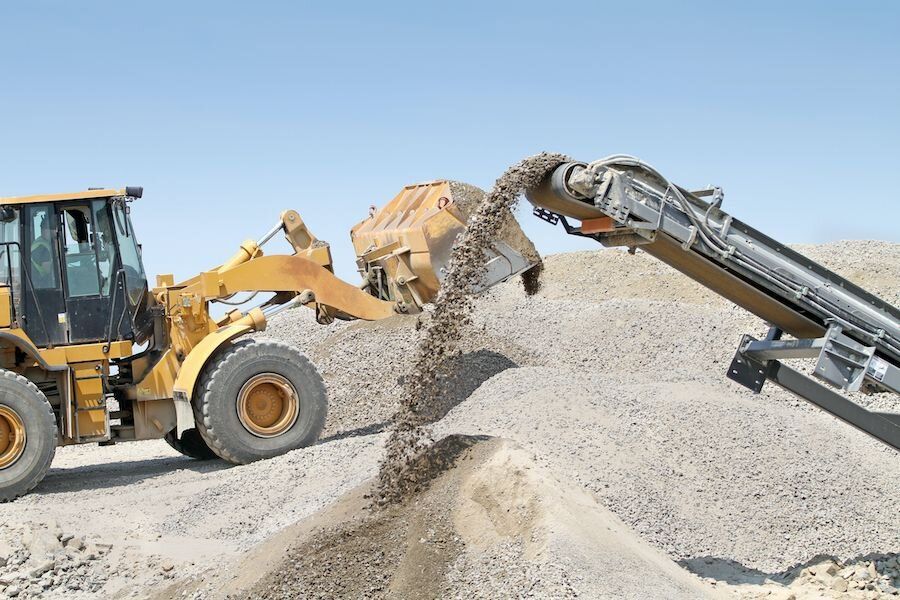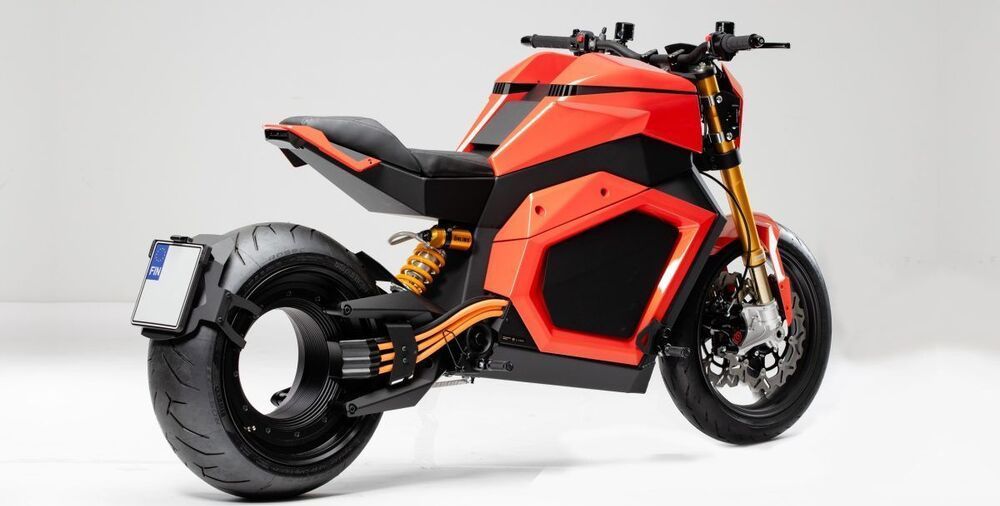This mechanism reduces friction and makes cycling more efficient.
CeramicSpeed has unveiled a prototype of a chainless bike. The company claims that its drivetrain creates 49% less friction comparing to traditional chain and derailleur drivetrains.
This mechanism reduces friction and makes cycling more efficient.
CeramicSpeed has unveiled a prototype of a chainless bike. The company claims that its drivetrain creates 49% less friction comparing to traditional chain and derailleur drivetrains.


Understanding the dynamics of granular materials—such as sand flowing through an hourglass or salt pouring through a shaker—is a major unsolved problem in physics. A new paper describes a pattern for how record-sized “shaking” events affect the dynamics of a granular material as it moves from an excited to a relaxed state, adding to the evidence that a unifying theory underlies this behavior.
The Proceedings of the National Academy of Sciences (PNAS) published the work by Stefan Boettcher, an Emory theoretical physicist, and Paula Gago, an expert in modeling the statistical mechanics of granular matter in the Department of Earth Science and Engineering at the Imperial College of London.
“Our work marks another small step forward to describing the behavior of granular materials in a uniform way,” says Boettcher, professor and chair of Emory’s Department of Physics.


A scalpel-free alternative to brain surgery has the potential to benefit people with Parkinson’s disease symptoms that are much more severe on one side of the body, new research suggests.
More testing is needed, but the approach, which uses a technology called focused ultrasound, could offer a new option for patients whose symptoms are poorly controlled by medications and those who cannot or do not wish to undergo traditional brain surgery.
“This small brain region, the subthalamic nucleus, had a very strong and potent effect on parkinsonian symptoms when we targeted it with precise, focused ultrasound energy,” said researcher Jeff Elias, MD, a neurosurgeon at UVA Health and a pioneer in the field of focused ultrasound. “The key for the ultimate adoption of this new procedure will be further refinements of the technology to ensure reliability and safety.”

The agency said the malware has already compromised more than 150 organizations and provided insight into its ransomware-as-a-service behavior.
The FBI has alerted companies in the private sector to a spate of attacks using the Egregor ransomware. The malware currently is raging a warpath across businesses worldwide and has already compromised more than 150 organizations.
The agency issued an advisory (PDF) that also shed new light and identifies the innerworkings of the prolific malware, which has already been seen wreaking indiscriminate havoc against various types of organizations. Bookseller Barnes & Noble, retailer Kmart, gaming software provider Ubisoft and the Vancouver metro system Translink all are known victims of the ransomware.

We’re witnessing the emergence of something called “augmented creativity,” in which humans use AI to help them understand the deluge of data.
Researchers at Carnegie Mellon developed an alternate method: an AI-based approach to mining the patent and research databases for ideas that could be combined to form interesting solutions to specific problems. Their system uses analogies to help connect work from two seemingly distinct areas, which they believe makes innovation faster and a lot cheaper.
Augmented creativity
What we’re witnessing is the emergence of something called “augmented creativity,” in which humans use AI to help them understand the deluge of data. Early prototypes highlight the important role humans can, and should, play in making sense of the suggestions proposed by the AI.

But the MIT report also acknowledges that while fears of an imminent jobs apocalypse have been over-hyped, the way technology has been deployed over recent decades has polarized the economy, with growth in both white-collar work and low-paid service work at the expense of middle-tier occupations like receptionists, clerks, and assembly-line workers.
This is not an inevitable consequence of technological change, though, say the authors. The problem is that the spoils from technology-driven productivity gains have not been shared equally. The report notes that while US productivity has risen 66 percent since 1978, compensation for production workers and those in non-supervisory roles has risen only 10 percent.
“People understand that automation can make the country richer and make them poorer, and that they’re not sharing in those gains,” economist David Autor, a co-chair of the task force, said in a press release. “We need to restore the synergy between rising productivity and improvements in labor market opportunity.”

There were a number of fascinating new electric motorcycles that were slated for release in 2020, but many saw their timelines stretched by the COVID-19 pandemic.
Now 2021 appears to be the year of the new e-moto swarm with a score of models set to finally debut. Here are the ones keeping me on the edge of my seat.
I’ve been following this one for way too long.
